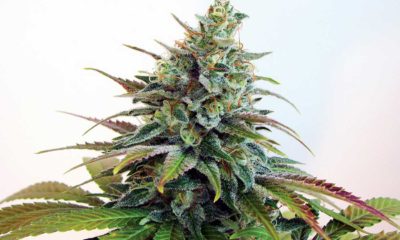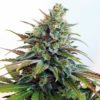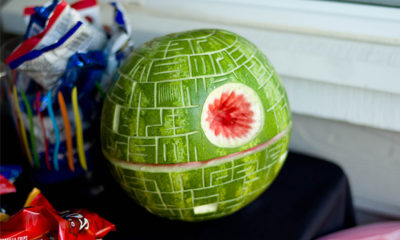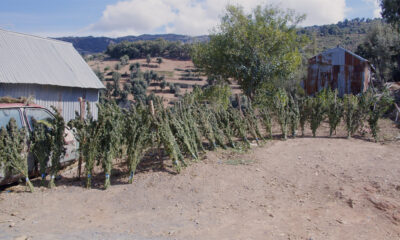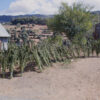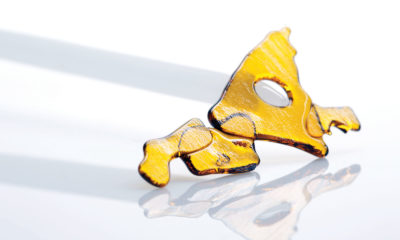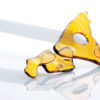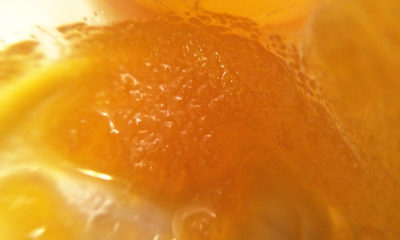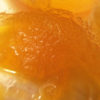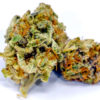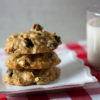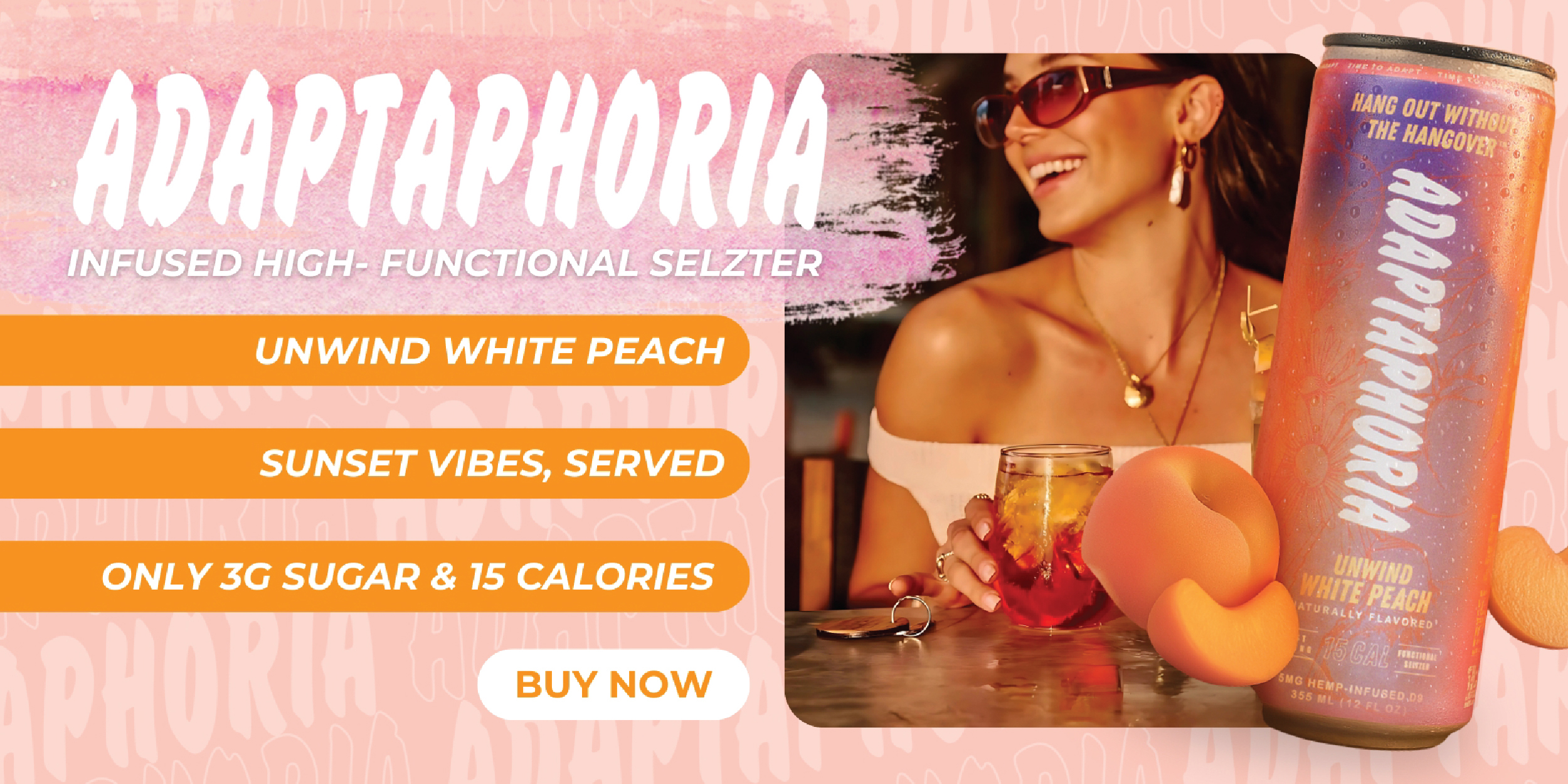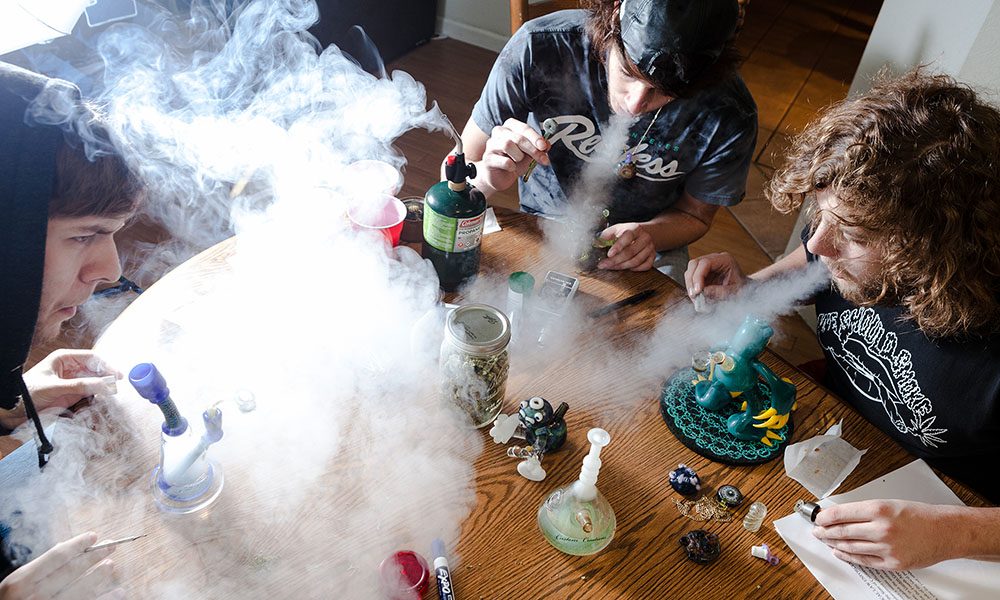
Concentrates
The Evolution of Dabbing
Over the past few decades, dabbing has gone from “hot knifing” on an electric stove to a mainstream phenomenon, replete with its own holiday.
The tenth day of the seventh month of the year used to be just another day as far as cannabis was concerned. But ever since 710 emerged as the extract-inspired numerical counterpart to 420, July 10 has evolved into a yearly celebration of cannabis concentrates and dab culture. At this point, 710 is effectively the 420 of summer, with major festivals and events scheduling to coincide with what some playfully call “National Dab Day.”
Most people seem to agree that the 710 “meme” emerged around 2010 or 2011, which means that this holiday established itself in less than 10 years. This meteoric rise could be credited to the fact that it isn’t difficult to get dabbers to dab, and to the fact that while 420 evolved organically before the internet accelerated the dissemination of cultural ideas, 710 grew directly out of the broad cultural connectivity of the web.
Some people argue against the need for a separate day from 420. “420 already encompasses all of cannabis,” they say, “so why do dabs need their own day?” That’s actually truer now than it once was. Initially, the “dab scene” was shunned by much of the mainstream cannabis culture, which eyed the torches and tools of this erstwhile fringe activity with a blend of suspicion and disdain. The negative press from amateur BHO lab explosions and the “bad optics” of a process involving torches scared away many cannabis lovers in the early days of the dab wave, but as time passed and the techniques for producing and consuming concentrates evolved, more people embraced the practice.
Now dabbing culture is cannabis culture: The consumption of raw cannabis flowers will never go away, but year after year, more people embrace the ease and efficacy of concentrates. Where a joint was once the entry point for new cannabis consumers, many new users now first try cannabis through a vape pen. Where free bong hits and prerolls once dominated the samples offered at cups and seshes, dabs are now the new normal.
Dabs have changed everything, but what has changed with dabs?
Dabbing Over the Decades
Dabbing is actually just a refinement of a time-honored process for smoking hash without a pipe. You might have first heard of it as “hot knifing” or “knife hits” if you were a cannabis connoisseur before the 2000s. The basics involve getting a piece of metal red hot and placing hash on it or touching it to a piece of hash, then inhaling the resulting vapor using a tube or straw. Starting in the ’60s and persisting well into the ’90s, metal knives were often used in conjunction with electric coil stoves to create this cannabis vapor.
But dabbing as we know it started taking shape with the introduction of “swing skillet” bong attachments. These were basically just waterpipe downstems fitted with flat titanium plates mounted on a swinging hinge, allowing the plate to be raised up and heated using a torch, then lowered over the mouth of the downstem so the pipe could capture the vapor produced when hash touched to the plate. There was no mechanism for capturing excess vapor, so as with a knife hit, anything you couldn’t inhale in the first breath was lost.
Enter the dome nail — once the golden standard for dab rigs, now a quaint relic of a bygone era. The heating element was generally metal and the dome was glass. You heated the metal “nail,” placed the glass dome on top and used a tool to place some oil on the nail. This was before the discovery of low-temp dabs, so back then, it was “red means go,” making the process incredibly potent but not especially pleasant.
Thankfully, domeless nails soon emerged — first dishes made of ceramic and titanium, and eventually the quartz bangers used by most dabbers today — and taking low-temp dabs, where the nail didn’t need to reach such high temperatures, became the new trend.
And while there are still dab rigs made from all sorts of materials, borosilicate glass has become the far and away favorite. The fanatical appreciation of “heady” functional art glass has completely revived and revised the market around cannabis glass, which had flagged badly after the draconian crackdowns under President George W. Bush’s Department of Justice.
The Modern Dab: Clarity and Quality
Now, the standard for dabbing is a domeless quartz banger used in conjunction with a carb cap to take low-temp dabs. That evolution of how concentrates are consumed has been motivated by changes in what we consume.
Hash making, like cannabis cultivation, used to be almost entirely focused potency, which was measured in THC concentration. Much of the early hash oil wasn’t especially flavorful by today’s standards, and the “clarity” wasn’t even a consideration, with much of the oil being dabbed possessing a viscous black or brown consistency. That said, this “dabber’s delight” oil was certainly potent, and people happily dabbed it.
As the understanding of the extraction processes being used to produce concentrates expanded, the quality started to improve and the focus on terpene profiles emerged. Initially, there were the waxes, which had a light coloration and a crumbly or honeycombed appearance. Then the adoption of winterization led to the emergence of shatter, which gave way to sugars and sauces as extractors began to understand and harness the process of crystallization.
Now the understanding of extraction has expanded to the point where the same crop of cannabis can become anything from hash or shatter to THC isolate or clear distillate. The simple chemical processes behind extraction are being standardized for cannabis and the veil of mystery is being lifted away as the stabilizing influence of regulation kicks in.
TELL US, what do you think 710 and dabbing will look like in another seven or 10 years?



